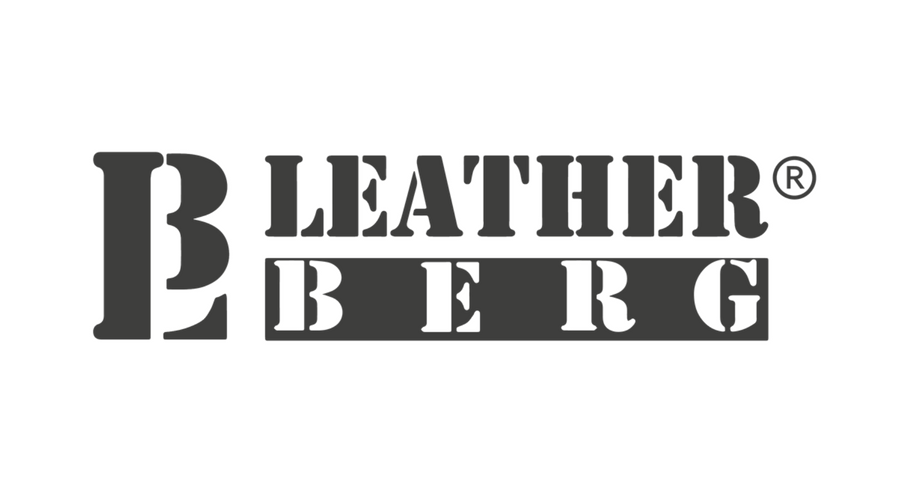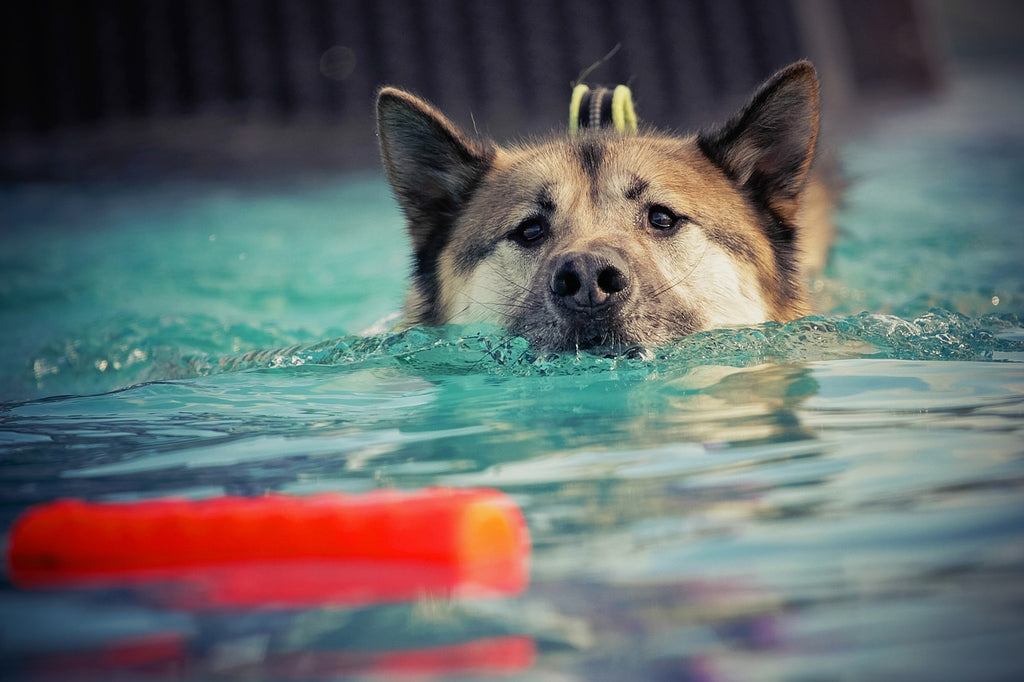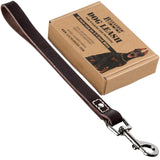How do you train your dog? Today we are going to help you with that. Well, to be honest, it is not only us. If you have read any of our previous blogs you know that we collaborate with best dog trainers, vets, and influencers in the industry, only because we want to provide you the best educational value. We and our friends are going to teach you on all the different dog related topics. Today - Best Dog Training Methods.
Best Dog Training Methods for Regular People
Sounds familiar? If it does, you need to invest some time into a little bit of basic dog training. Starting to train your dog from a young age is crucial as the first few months of his life is when you will have the greatest influence on him; this is where he is shaped into the dog he is going to be when he is all grown up.
Basics
The most basic of dog training is to get your dog to sit and come. Teaching him those commands are essential for him to learn. These commands are used for various different reasons, if you are in competition, if your dog jumps making him sit will immediately get him off and "come" is the all-important one. If you take your dog for a walk, you let him of the leash and you expect him to come back to you, not run around the park with you chasing after him shouting at him to “get here right this instance”. That would be just downright embarrassing!
To teach your dog how to come requires only the most basic of techniques but a lot of repetition. The simplest way to get him to come is have a toy in one hand and a treat in the other, when you are in the house simply walk away from him, hold out the toy and excitingly call him to you, when he comes over give him a treat, always use the command for come that you are going to use in the future. Doing this several times a day is a great way to teach him, but remember to have lots of long breaks so he doesn’t get bored and stop enjoying it, and don’t forget the treats!
Getting him to sit could be slightly harder but again only requires basic dog training. When you have mastered the come command call him to you, place your hand on the end of his back and say "sit" while gently pushing down on his backside, when he sits his bottom down give him a treat and a lot of praise. If you want him to sit longer just delay giving him the treat and the praise, get him to sit but take your time bending down to him and feeding him his titbit.
Basic dog training is simple and very effective. It should also be fun for you and your dog, it doesn’t have to be hours and hours each day just may be 5 minutes or so.
We all like to be rewarded
Don’t forget to reward your dog and yourself for all the “hard” work though!!
So how did you enjoy this bla,bla, bla common "crap"? Have you heard it already many times? Feeling like you are missing an important part of the puzzle? The starting point? The understanding that there are contrasts among contemporary dog training methods.
There are so many dog training methods out there that it can be frustrating to find out which is which and what method is going to be best for both your pup and you as an owner. If you find it overwhelming and confusing, you’re not alone. There is even a great deal of disagreement within the professional dog training community about which methods are effective and ethical, and several methods overlap or are used in tandem for the best results.
Top Six Dog Training Methods
1. Alpha Dog or Dominance Dog
Here are six of the most popular dog training methods used today and who might benefit most from using them.
This dog training method from dogtime.com relies on a dog’s instinctual pack mentality to create a relationship of appropriate submission and dominance. The theory is that dogs see their family as their pack and follow a social hierarchy like wolves in a pack. When dogs see themselves as the alpha, they need to be taught to instead respect their human as the alpha and learn to submit. Some of the methods used in this technique include understanding dog body language and responding accordingly, projecting confidence and authority, and going first when it comes to eating, entering or leaving rooms, or walking on leash. If your dog wants to go out, they have to sit before you open the door. If they want to eat, they have to wait calmly while you prepare food.
Main ideas
Generally with alpha training, you don’t allow your dog on furniture with you, including the bed, and you don’t get down to your dog’s eye level, as these are signs that your dog is equal in the relationship. You are in charge, you are dominant. This training method has been popularised by Cesar Millan, though he sometimes combines dominance training with other methods when appropriate. Some modern trainers say this technique is outdated as new research has shown that dogs do not rely on pack mentality as much as previously thought, and the pack dynamic of wolves isn’t structured in the wild the same way it was when the animals were observed in captivity.
Not Modern Enough?
Although dominance training can be effective in curbing unwanted behaviours, it is mostly considered outdated by modern dog trainers. It often fails to address the underlying causes of bad behaviour and can leave dogs feeling anxious or fearful. The dominance struggle becomes constant and needs to always be reinforced, which can be difficult or even dangerous for children or the elderly.
Millan's work focuses on handling a dog with what he calls "calm-assertive energy".He believes that dog owners should establish their role as calm-assertive pack leaders. According to Millan, dogs have three primary needs: exercise, discipline and affection — in that order. In other words, it is the owner's responsibility to fulfill the dog's energy level needs through challenging exercise; then to provide clearly communicated rules, boundaries and limitations; and finally, to provide affection. According to Millan, a common pitfall for American dog owners is to give a great deal of affection with very little exercise and even less discipline. He encourages owners to understand the effect their own attitudes, internal emotions and physical postures have on a dog's behavior, counseling owners to hold strong posture (i.e., shoulders high and chest forward) and to project energy that is calm-assertive. Millan's TV programs show him at work rehabilitating dogs and conversing with owners in order to educate them in his dog-handling philosophy. The conversations with owners typically revolve around his philosophy that healthy, balanced dogs require strong "pack leadership" from their owners, specifically in the form of exercise, discipline and affection (in that order),with Millan demonstrating how owners can achieve and maintain a leadership role with their dogs. In some cases, Millan takes dogs with severe behavioral problems to his Dog Psychology Center for an extended period of more intensive rehabilitation. The programs are not intended as a dog training guide, and each episode contains repeated warnings that viewers should not try the behavior modification techniques at home without the guidance of a professional.

2. Positive Reinforcement Training
Dogs don't care about money. They care about praise … and food. Positive reinforcement training uses praise and/or treats to reward your dog for doing something you want him to do. Because the reward makes him more likely to repeat the behaviour, positive reinforcement is one of your most powerful tools for shaping or changing your dog's behaviour. Rewarding your dog for good behaviour sounds pretty simple, and it is! But to practice the technique effectively, you need to follow some basic guidelines.
Timing is everything
Correct timing is essential when using positive reinforcement.
- The reward must occur immediately—within seconds—or your pet may not associate it with the proper action. For example, if you have your dog sit but reward him after he's stood back up, he'll think he's being rewarded for standing up.
- Using a clicker to mark the correct behaviour can improve your timing and also help your dog understand the connection between the correct behaviour and the treat.
Keep it short
Dogs don't understand sentences. "Daisy, I want you to be a good girl and sit for me now" will likely earn you a blank stare. Keep commands short and uncomplicated. The most commonly used dog commands are:
- watch me
- sit
- stay
- down (which means "lie down")
- off (which means "get off of me" or "get off the furniture")
- stand
- come
- heel (which means "walk close to my side")
- leave it
Consistency is key
Everyone in the family should use the same commands; otherwise, your dog may be confused. It might help to post a list of commands where everyone can become familiar with them. Consistency also means always rewarding the desired behaviour and never rewarding undesired behaviour.
When to use positive reinforcement
The good: Positive reinforcement is great for teaching your dog commands, and it's also a good way of reinforcing good behaviour. You may have your dog sit
-
before letting him out the door (which helps prevent door-darting)
-
before petting him (which helps prevent jumping on people)
-
before feeding him (which helps teach him good meal-time manners).
Give him a pat or a "Good dog" for lying quietly by your feet, or slip a treat into a Kong®-type toy when he's chewing it instead of your shoe.
The bad: Be careful that you don't inadvertently use positive reinforcement to reward unwanted behaviours. For example, if you let your dog outside every time he barks at a noise in the neighborhood, you're giving him a reward (access to the yard) for behaviour you want to discourage.

Shaping behaviour
It can take time for your dog to learn certain behaviours. You may need to use a technique called "shaping," which means reinforcing something close to the desired response and then gradually requiring more from your dog before he gets the treat. For example, if you're teaching your dog to "shake hands," you may initially reward him for lifting his paw off the ground, then for lifting it higher, then for touching your hand, then for letting you hold his paw, and finally, for actually "shaking hands" with you.
Types of rewards
Positive reinforcement can include food treats, praise, petting, or a favourite toy or game. Since most dogs are highly food-motivated, food treats work especially well for training
- It should be a very small (pea-size or even smaller for little dogs), soft piece of food, so that he will immediately gulp it down and look to you for more. Don't give your dog something he has to chew or that breaks into bits and falls on the floor.
- Keep a variety of treats handy so your dog won't become bored getting the same treat every time. You can carry the treats in a pocket or fanny pack.
- Each time you use a food reward, you should couple it with a verbal reward (praise). Say something like, "Yes!" or "Good dog," in a positive, happy tone of voice. Then give your dog a treat.
- If your dog isn't as motivated by food treats, a toy, petting, or brief play can be very effective rewards.
When to give treats
When your pet is learning a new behaviour, reward him every time he does the behaviour. This is called continuous reinforcement. Once your pet has reliably learned the behaviour, you want to switch to intermittent reinforcement, in which you continue with praise, but gradually reduce the number of times he receives a treat for doing the desired behaviour.
- At first, reward him with the treat four out of every five times he does the behaviour. Over time, reward him three out of five times, then two out of five times, and so on, until you're only rewarding him occasionally.
- Continue to praise him every time—although once your dog has learned the behaviour, your praise can be less effusive, such as a quiet but positive, "Good dog."
- Use a variable schedule of reinforcement so that he doesn't catch on that he only has to respond every other time. Your pet will soon learn that if he keeps responding, eventually he'll get what he wants—your praise and an occasional treat.
Caution! Don't decrease the rewards too quickly. You don't want your dog to become frustrated.
Zak George is a proponent of positive reinforcement training, which teaches that only gentle, reward-based methods, without physical aversion, should be used for dog training. His philosophy: "I began teaching people how to teach their dogs out of a genuine desire to bring the world of dog training into the 21st century and to show people that through relationship-based training anything is possible.
3. Scientific Training
It aims to understand dogs’ nature, their ability to be conditioned, and the effectiveness of rewards and punishments. Animal behaviourists are constantly creating new studies and experiments to shape our understanding of dog psychology, and trainers rely on these studies to work with dogs. Before a behaviour is corrected, everything about that behaviour must be understood.

You can find more about this method from our friends at Dog Star Daily.
4. Clicker Training
Click training relies heavily on the same principles as positive reinforcement. In fact, clicker training may be grouped in as a method of positive reinforcement, rather than as its own form of training. It relies on the use of a device to make a quick, sharp noise, such as a whistle or, as the name suggests, a clicker to signal to a dog when a wanted behaviour is accomplished. The advantage of using clicker training is that it signals the exact moment the desired behaviour is finished and exactly what is being rewarded. Trainers can then use the clicker to shape new behaviours and add verbal commands. First, the dog needs to be conditioned to know that a click means a reward is coming. Then the dog can associate a behaviour with a click and a reward. Finally, the verbal command can be introduced to form a new association.

5. Electronic Training
How to use an electronic dog training collar?
Have the collar on your dog for a week before turning it on. Do not use the collar right away. Instead, let your dog get used to it. This way, the dog will associate the collar with good times and fun, instead of punishment.
-
The goal behind using an electronic collar is to make the dog think that the negative behaviour you are trying to stop is causing the shock, not the collar. If you put the collar on the dog and immediately start shocking it, the dog may quickly figure out that the problem is with the collar.
Begin using your electronic remote training collar. Start at the lowest level of stimulation and observe your dog when you activate it. The dog's ear might twitch or it may move its head as if trying to get away from the collar.
-
If your dog doesn't respond at the lowest stimulation, slowly turn the transmitter to the next level and try again.
Reinforce commands your dog understands. When you train your dog with an electronic collar, begin with commands the dog is familiar with. Say the command, such as sit or stay, and wait for your dog to respond. If your dog is not paying attention, press the button on your transmitter and repeat the command.
-
Set the transmitter to the lowest level of stimulation your dog reacts to. When you use an electronic collar, you want to train your dog, not hurt him.
-
Praise your dog as soon as it responds. Reward it with a pat, by saying "good dog," or with a special treat. When you train dogs, you want to reinforce their good behaviour with a reward.
Control bad behaviour. You may use an electronic collar to manage annoying or aggressive behaviour. For instance, if your dog digs holes in the backyard whenever you let him outside, be ready to use an electronic collar to train him when you let him out. When the dog begins to dig, or engage in whatever behaviour you want to control, activate the transmitter. Do not hold the button down for more than 3 seconds and do not punch it repeatedly. The object is to train your dog, not injure him.
-
Don't let your dog see you. You don't want your dog to know you are causing the unpleasant sensation around its neck when it starts digging. Rather, you want your dog to associate the sensation with the bad behaviour.
6. Relationship Based Training
Relationship-based training combines several different training methods, but focuses on a more individualised approach for both dog and owner. It is the relationship between dog and human that drives everything. This method strives to meet the needs of the dog and the trainer, to foster communication, and to strengthen their bond. Basically, it’s about being mutually beneficial.

This relationship-based training leads to a deep and meaningful bond, but it takes time and patience. It may not have enough to differentiate it from other training methods, but rather seems to be inclusive of many aspects of other successful methods. You may find that your relationship with your dog improves regardless of which training method you use, and certainly that bond will help you continue your training.
What dog training method works best for you? Are there any other methods that you find helpful? Let us know in the comments below!














Good article. I’m a big believer in #6 which to me incorporates a little of the other 5 (except clicker) I use my voice for praise and displeasure. I feel that there is no one size fits all for any dog and as a trainer I always have something to learn
Good article. I’m a big believer in #6 which to me incorporates a little of the other 5 (except clicker) I use my voice for praise and displeasure. I feel that there is no one size fits all for any dog and as a trainer I always have something to learn
I’ve been doing obedience training with my dogs for 50+ years. I got my first dog (an field bred Irish Setter) and took one obedience course and WAS HOOKED ! I’ve used this method forever and it works. Praise is one of the most important parts that everyone tends to forget. PRAISE your dog !
This is a great article. Good Job !!!